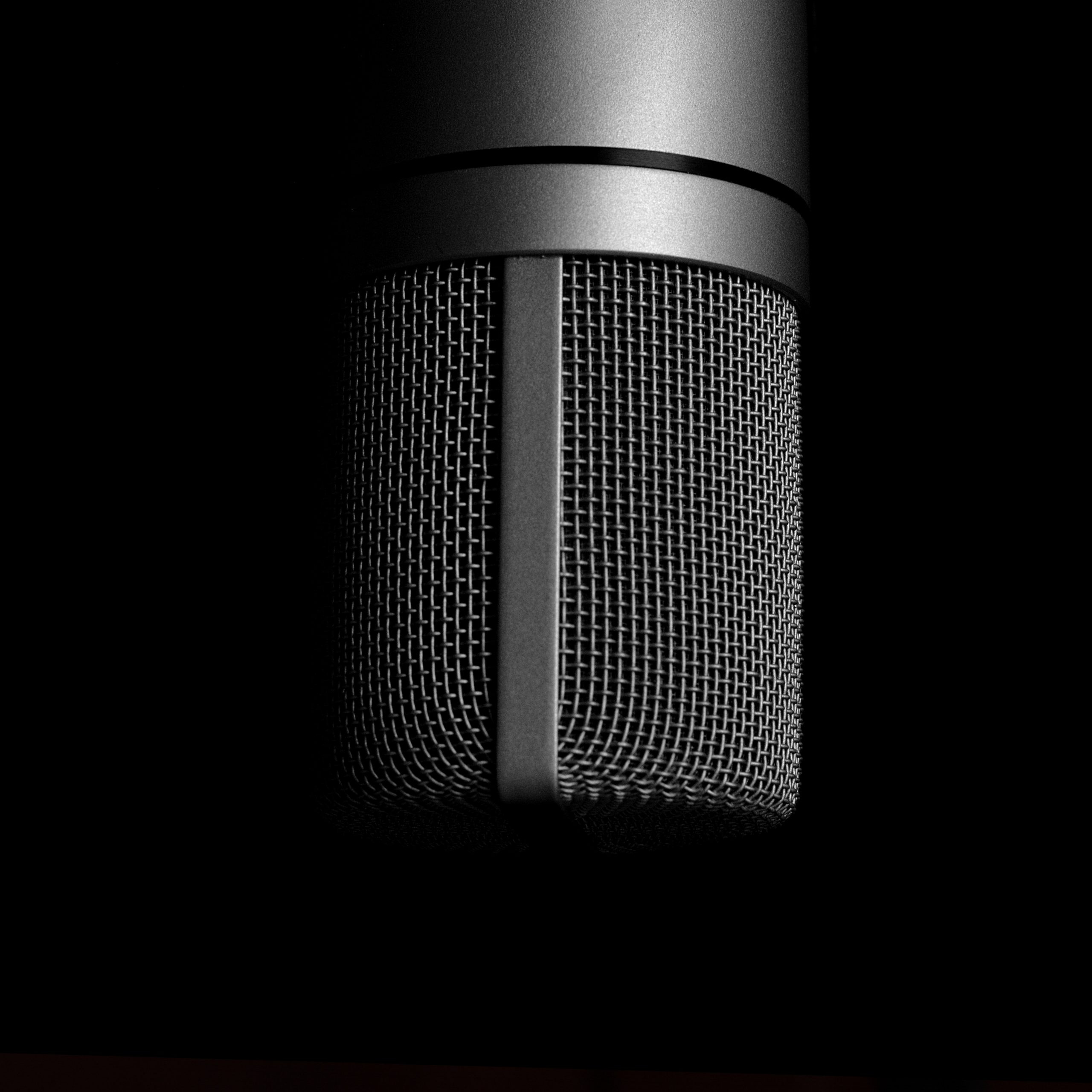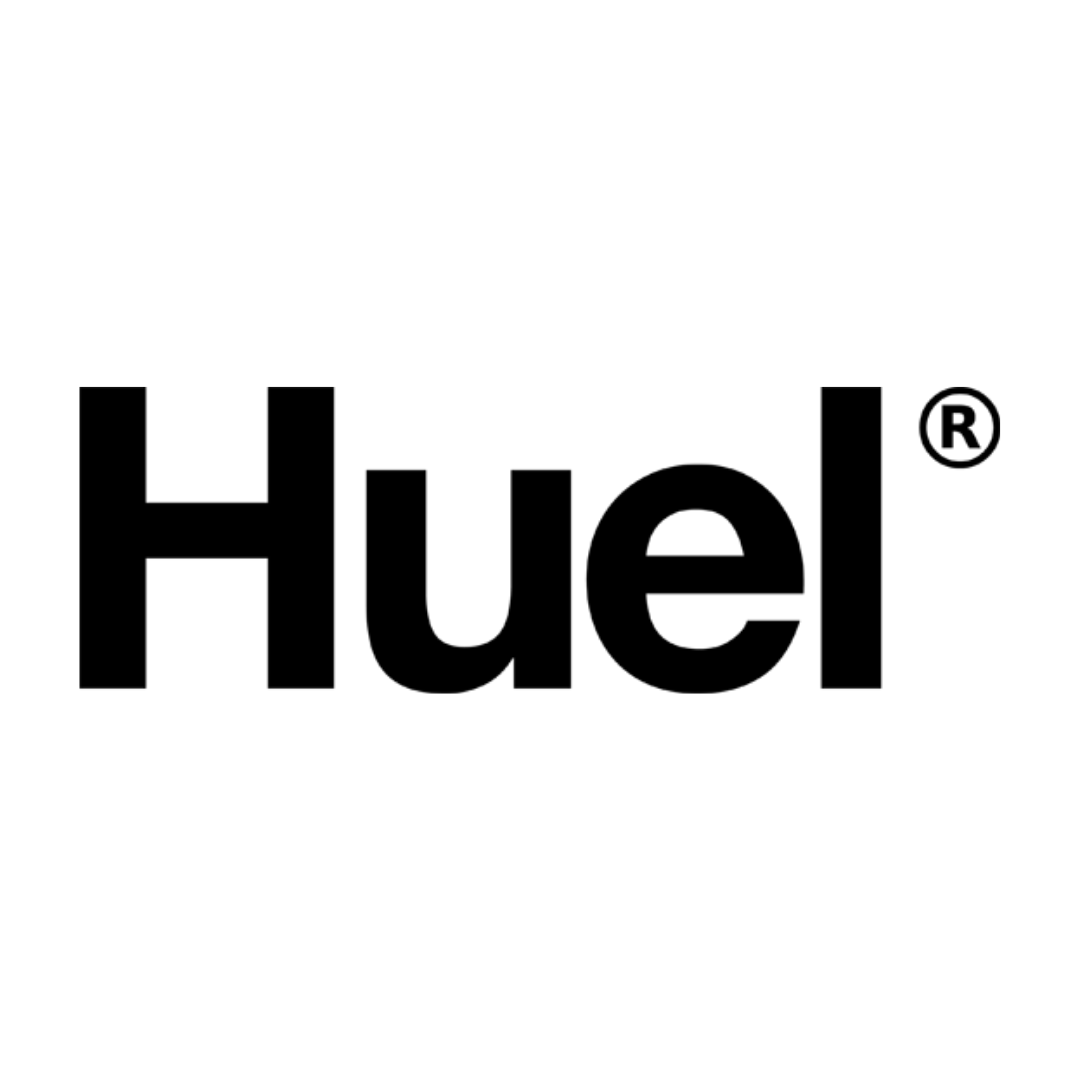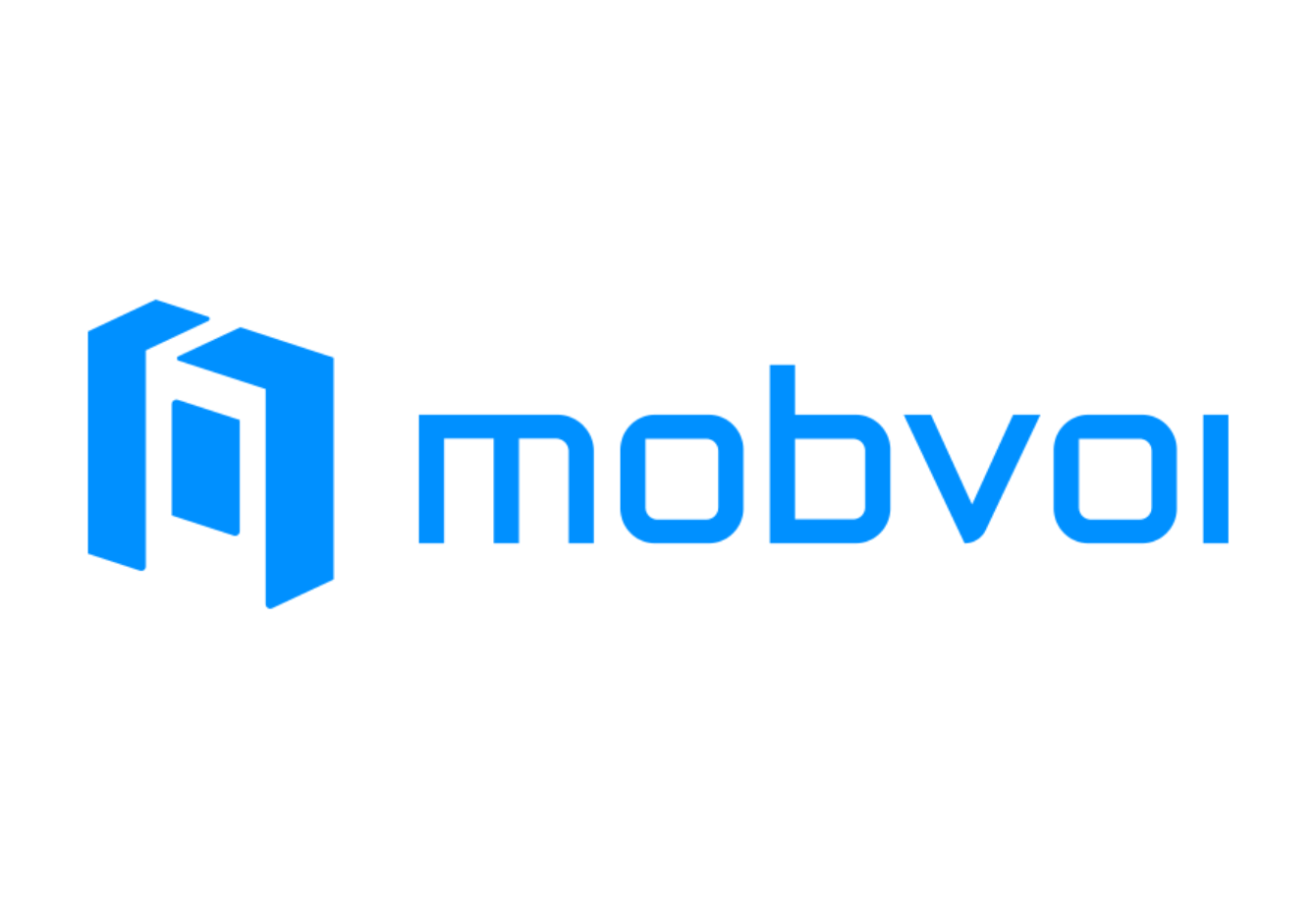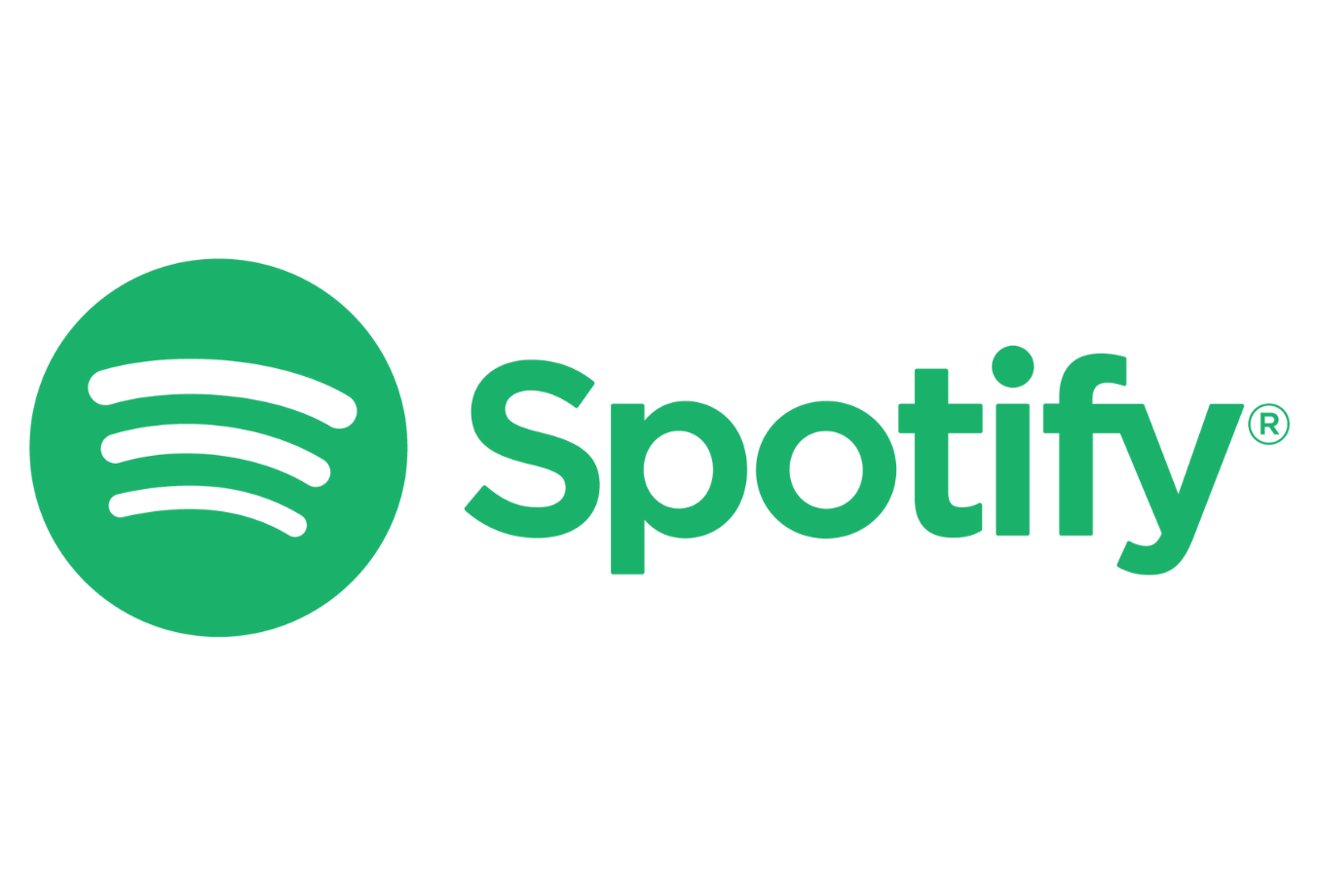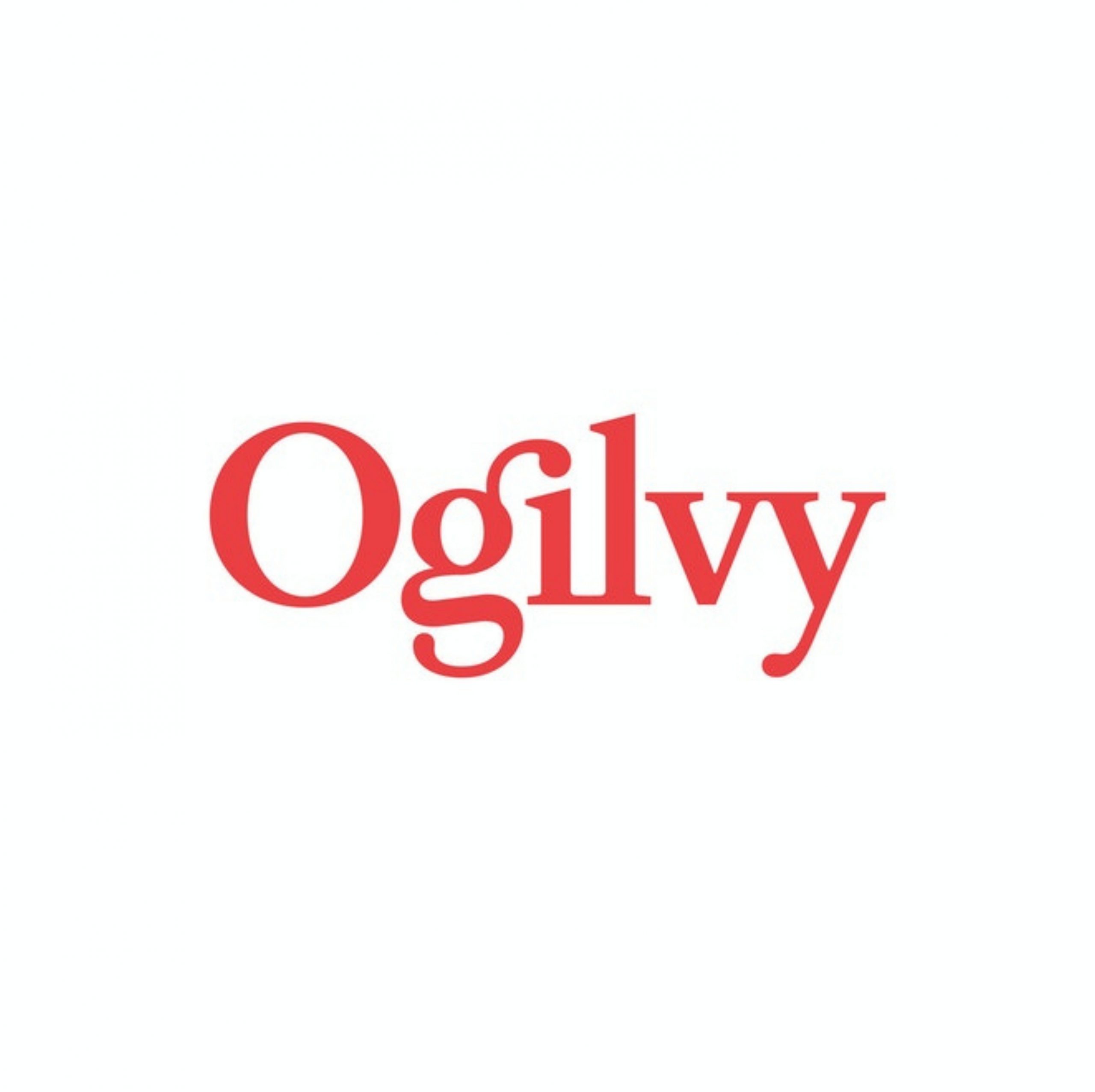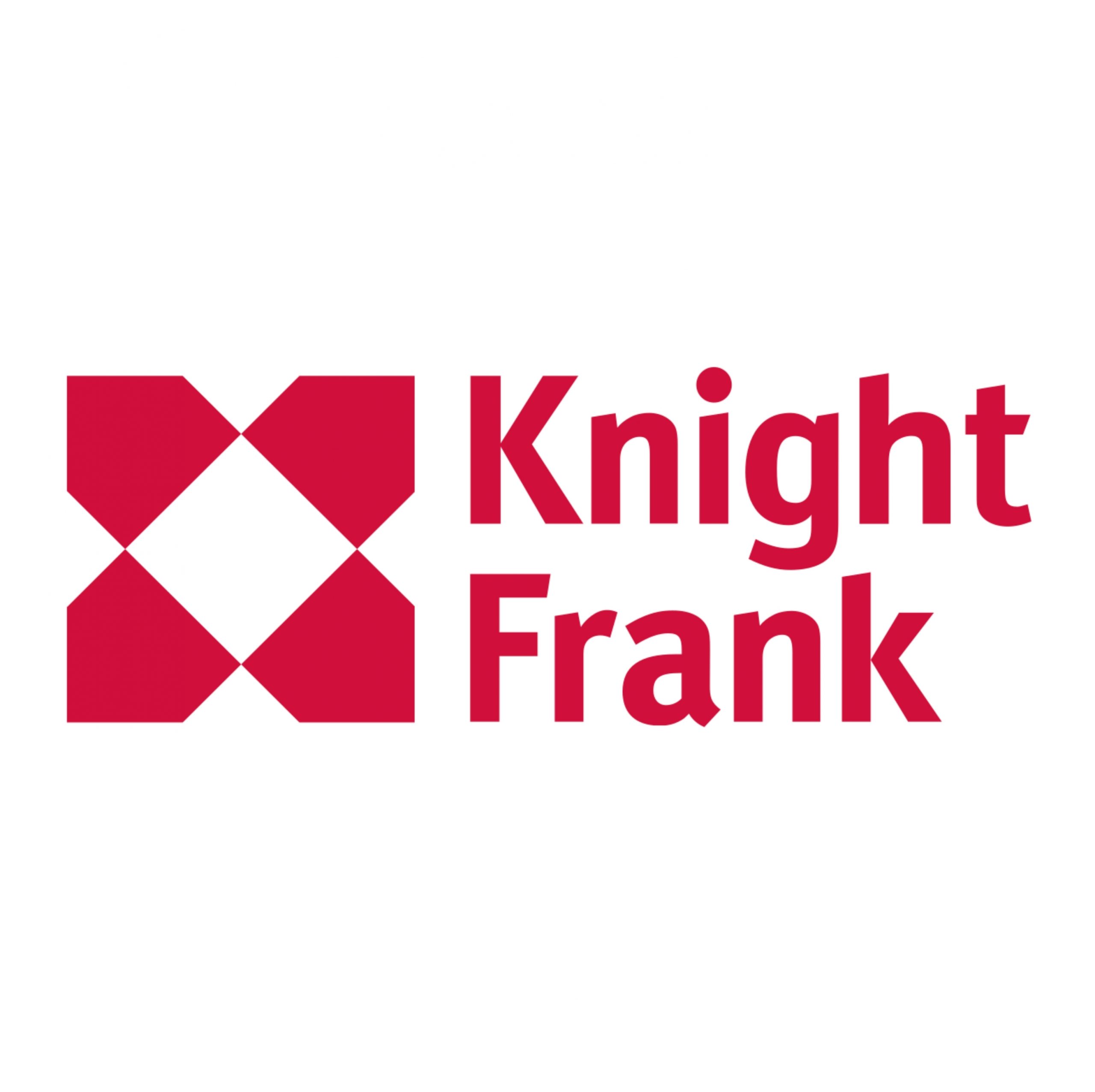More and more advertisers are turning to ASMR marketing. But what is it and why now?
University of Manchester, 2014. Cowering in the corner of the library.
The outside light is dimming. Tables are emptying. But the tingle trickles down my spine and through my limbs, cementing me to my seat.
Just one more video. My dissertation can wait.
I marvel at the hours spent, at the detriment to my studies, procrastinating to crackling sounds that enveloped my senses.
I didn’t tell anyone. How could I begin to explain what these noises evoked in me without sounding unhinged or depraved?
How could I tell my classmate that her voice, so softly spoken, paralysed me in platonic pleasure, without her thinking I was making a move and reporting me for inappropriate behaviour.
“I like the sounds that words make.” – My best attempt at describing something that for years I kept hidden for fear of damnation and ridicule.
No one I knew felt “the tingle”. It was something I resolved to share only with myself and my YouTube history.
When suddenly, as if by magic, something appeared that would change my life and the world of advertising forever.
In 2015, the first ASMR-inspired advertisement arrived. But with a crinkle and a whisper instead of a bang.
What is ASMR?
ASMR stands for “autonomous sensory meridian response” and refers to a pleasant, tingling sensation experienced as a result of certain sounds and/or touch.
Not everyone experiences it, mind, which goes some way to explaining why my remarks were often met with puzzled expressions. And for those who do, there is a vast spectrum of how intensely it’s experienced.
But if the whispers and plastic crinkle sounds in the above videos send your scalp and upper body into ecstasy, there’s a good chance you’ve been in the ASMR club since day, whether you knew it or not.
It’s a community that encompasses hundreds of millions of people, with over 13 million channels on YouTube dedicated to the cause.
While Jake Gyllenhaal whispering and popping bubble wrap for an audience of oddballs is one thing, Anheuser-Buch devoting its chance to reach over 100 million viewers in a Superbowl commercial to an ASMR video is something else entirely.
The Rise of ASMR Marketing
The last 5 years have seen ASMR searches into Google and the likes surge significantly. And major brands are taking notice.
ASMR marketing is indeed infiltrating the advertisement industry and, I have to say, I couldn’t be happier. I am not a weirdo!
From Bacardi’s “Sound of Rum”, to Lynx’s 2 in 1 shower & shave foam, that “Feels as Smooth as it Sounds”, more and more major, multinational brands are capitalising on ASMR video marketing.
Ikea saw a rise in sales by 27% from the previous year after launching their “Oddly Ikea” campaign. The 25 minute ASMR video has a softly spoken woman interacting with and tapping on the company’s back-to-college products, making duvet covers and coat hangers almost alarmingly sensual.
ASMR Activism is also now a legit thing. Girls Who Code, a non-profit organisation which aims to bridge the tech gender gap, has launched a series of ASMR marketing videos to promote their cause and build their community.
Indeed, brands are investing some serious dollar into ASMR marketing, but why? Are ASMR marketing videos just another temporary hype that will inevitably dwindle and phase out as soon as the next disruptive marketing strategy rears its head? Or is there more to ASMR marketing that bears consideration?
Effects of ASMR Marketing
There is, of course, some truth to the former. Marketing trends are constantly evolving to reflect cultural changes. That’s why they work.
But experiencing “braingasms” and tingling from certain sounds isn’t something I’ve developed in the past few years, nor will it dissipate in years to come. This is also true of the hundreds of millions of people who feel it too. For us, listening to satisfying sounds is never not going to be satisfying.
The notion of tapping into ASMR and what it does to individuals is, in essence, what any form of storytelling tries to achieve. Be it a novel, movie, poem, video game, feature article, or advertisement, the creator endeavours to evoke something in the viewer. To create an emotional reaction, whatever it may be.
For those susceptible, ASMR marketing videos evoke not only an emotional response, but a physical one too. I’d describe it as almost electrical tingles that form in my brain and run down my spine.
It sends me into a state of deep relaxation, focusing only on sounds and sensations – a concept that is seriously trending with the likes of Mindfulness and being “present” meditative practices milling around.
In spite of the fact that my senses risk being exploited for profit, an ASMR marketing video is not something I would easily nor want to click away from, so it’s no surprise that viewer retention rates are higher for these commercials. They are also likely to be appreciated, remembered, and shared among the ASMR community. That’s a hella exposure for your brand.
Marketing fad it may one day prove to be, but, in the meantime, I wait in anticipation for more brands to embrace the more sensual side to advertising. To tap instead of push. To crinkle instead of grab. To whisper instead of shout.
If you’re curious as to how your brand could benefit from ASMR video marketing, click / tap / stroke here and let’s talk oh so softly about how to make some serious noise.
